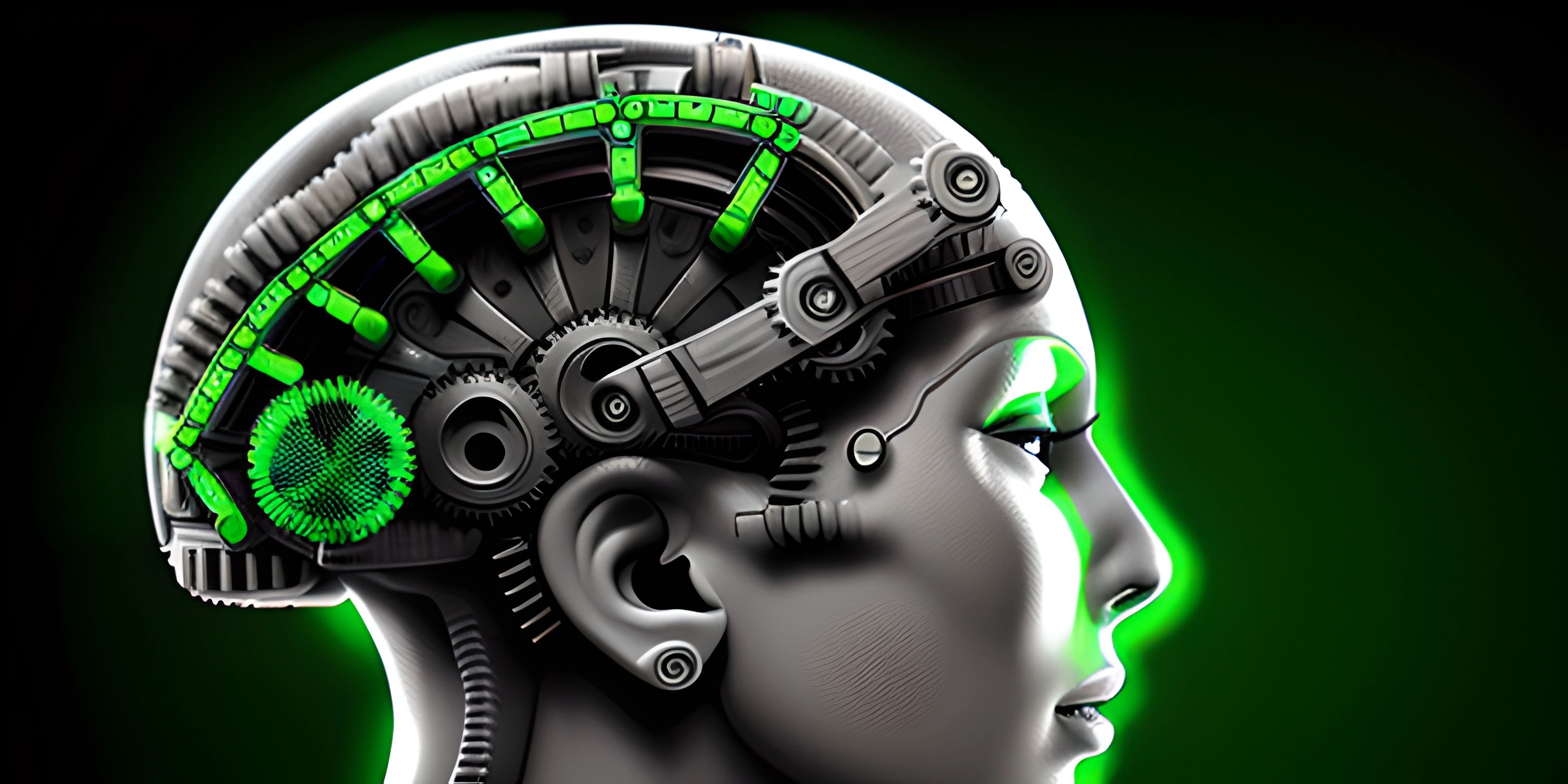Introduction to Machine Learning and AI Concepts

Note: this page has been created with the use of AI. Please take caution, and note that the content of this page does not necessarily reflect the opinion of Cratecode.
Stepping into the world of artificial intelligence (AI) and machine learning can be a thrilling adventure. To make sure you're well-equipped for the journey, let's explore some of the essential concepts that make AI and machine learning tick.
Artificial Intelligence
Artificial Intelligence (AI) is the overarching field that deals with the creation of intelligent machines capable of performing tasks that typically require human intelligence. From natural language processing to computer vision, AI strives to enable computers to learn, reason, and even mimic human emotions.
Machine Learning
Machine Learning is a subset of AI that focuses on developing algorithms that enable computers to learn from data and improve over time. Instead of traditional programming, where instructions are explicitly defined, a machine learning model adjusts its behavior based on patterns it observes in the data.
There are three main types of machine learning: supervised, unsupervised, and reinforcement learning.
Supervised Learning
In supervised learning, the algorithm is provided with a labeled dataset consisting of input-output pairs. It learns the relationship between the input and output, enabling it to make predictions on unseen data. Common supervised learning tasks include classification and regression.
Unsupervised Learning
Unsupervised learning deals with unlabeled data, where the algorithm must find hidden patterns and structures without any guidance. Clustering and dimensionality reduction are examples of unsupervised learning tasks.
Reinforcement Learning
In reinforcement learning, the algorithm learns by interacting with an environment, receiving feedback in the form of rewards or penalties. The goal is to maximize the cumulative reward over time. This type of learning is particularly useful in robotics and control systems.
Neural Networks and Deep Learning
Neural networks are a subset of machine learning inspired by the structure and function of the human brain. They consist of interconnected layers of nodes or neurons that process and transmit information.
Deep learning refers to neural networks with multiple hidden layers. These networks can learn high-level abstractions from raw input data, making them well-suited for complex tasks such as image recognition, natural language processing, and speech recognition.
The Road Ahead
Now that you've got a taste of the core concepts in AI and machine learning, you're ready to venture deeper into this exciting world. Remember, it's a vast and ever-evolving field, so embrace the learning process and enjoy the ride!
Hey there! Want to learn more? Cratecode is an online learning platform that lets you forge your own path. Click here to check out a lesson: Async Rust (psst, it's free!).
FAQ
What is artificial intelligence?
Artificial Intelligence (AI) is the field that deals with creating intelligent machines capable of performing tasks that typically require human intelligence, such as natural language processing, computer vision, learning, and reasoning.
What are the three main types of machine learning?
The three main types of machine learning are supervised learning, unsupervised learning, and reinforcement learning. Supervised learning involves learning from labeled data, unsupervised learning deals with unlabeled data, and reinforcement learning focuses on learning through interaction with an environment and receiving feedback.
What are neural networks and deep learning?
Neural networks are a subset of machine learning inspired by the human brain, consisting of interconnected layers of nodes or neurons that process and transmit information. Deep learning refers to neural networks with multiple hidden layers, which can learn high-level abstractions from raw input data, making them suitable for complex tasks like image recognition and natural language processing.





